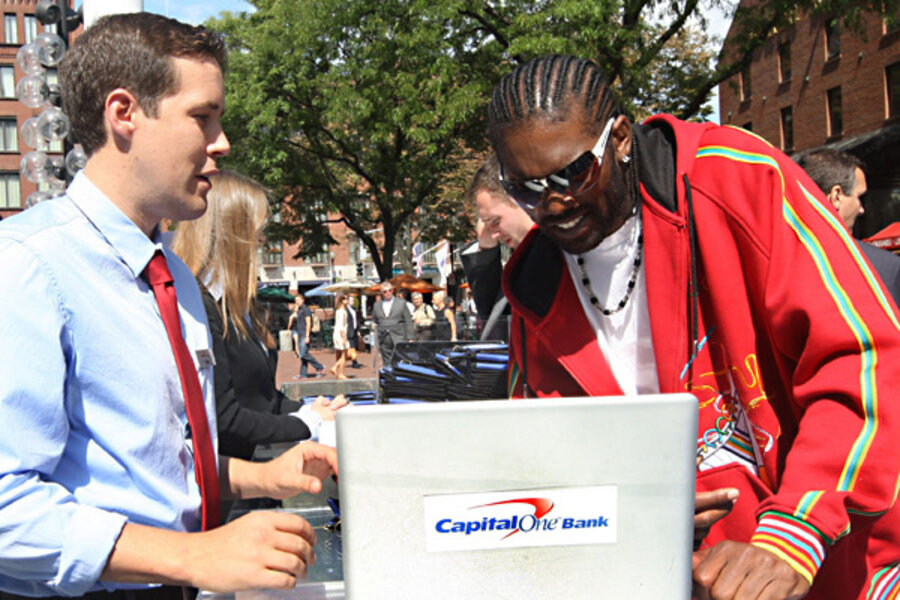Online banking? Don't be afraid.
Loading...
When I wrote 365 Ways to Live Cheap in 2007, online banking was a feature that was far from standard, yet well on its way to becoming a standard. I often recommended to people that they seek out banks with online banking because it was a useful and valuable feature to have.
As I write this in 2012, if your bank doesn’t have at least some level of online banking, it’s definitely an outcast.
Still, I have many readers who do not use online banking as part of their normal money management routine.
The biggest hurdle for many is technophobia. They hear of internet scams and it convinces them not to use the service. Others simply aren’t all that adept at computers for various reasons.
Another hurdle is lack of convenient internet access. They don’t have internet access at home, so they don’t use many of the incredibly valuable online tools that can really save them money.
Falling into either group, unfortunately, means that you’re simply leaving money on the table. Online banking is an incredibly valuable resource.
For starters, it makes balancing your checkbook and checking your balance incredibly easy. This simple step alone can prevent many overdrafts. Many of the overdraft stories told to me by readers result from a misplaced digit in their checkbook ledger. Online banking largely eliminates this risk by making it very easy for you to always be aware of your balance and your transactions, both posted and otherwise.
For me, the biggest value in online banking is online bill pay. If I pay a bill online via my bank, I’m not using a stamp. That’s $0.45 saved on every bill I pay using online banking instead of paying via check. It’s also more secure, as I’m not passing my check (with my name, address, signature, routing number, and account number) through the postal service which relies on trust of postal employees (they are trustworthy, but it’s still a security risk).
Also, if you’re willing to bank online, many more banking options become available to you. Many banks, such as ING Direct, operate almost entirely online. To make up for the lack of a storefront, they often pay great interest rates and offer other features that make them quite tempting (like a very robust online bill pay). If you include these banks in your survey when you switch, you’re likely to end up with a bank with lower fees and higher interest than you would have found otherwise.
Online banking is one of the services that pays for my internet connection. Without it, I would most likely mail in my bills and I most likely would have savings and checking accounts with lower interest rates. I’d also be devoting more time to banking practices.
If you’re a technophobe, don’t be afraid to ask for help. Online banking is pretty easy to use, and if you avoid a few basic security pitfalls, you’ll be fine. My quick suggestions: never click on links in your email, use a password with lots of numbers and upper and lowercase letters, and always make sure you’re visiting the correct URL for your bank. Those three steps alone take care of the vast majority of paths to internet fraud.
If you can’t afford home internet access, don’t be afraid to use community resources for internet access. One local bank, for example, has a computer available there that people can use to access their online banking and bill pay features. If your bank offers that, use it. Every bill you pay online saves you $0.45, after all. Just take your bills there a couple times a month.
Online banking is nothing but a value for the customer, as long as you’re careful and use basic security precautions. It provides extra savings, better services, and more convenient access.
This post is part of a yearlong series called “365 Ways to Live Cheap (Revisited),” in which I’m revisiting the entries from my book “365 Ways to Live Cheap,” which is available at Amazon and at bookstores everywhere.






